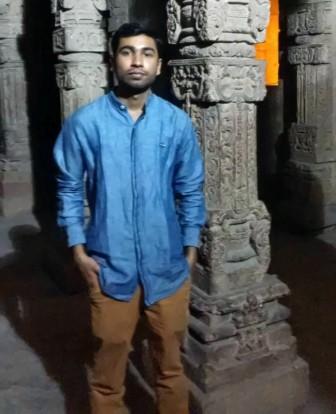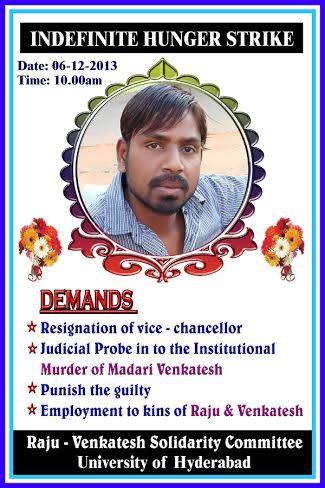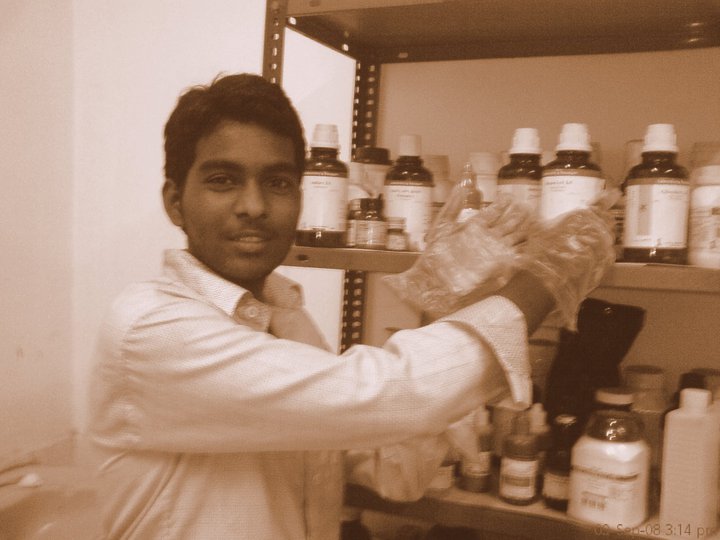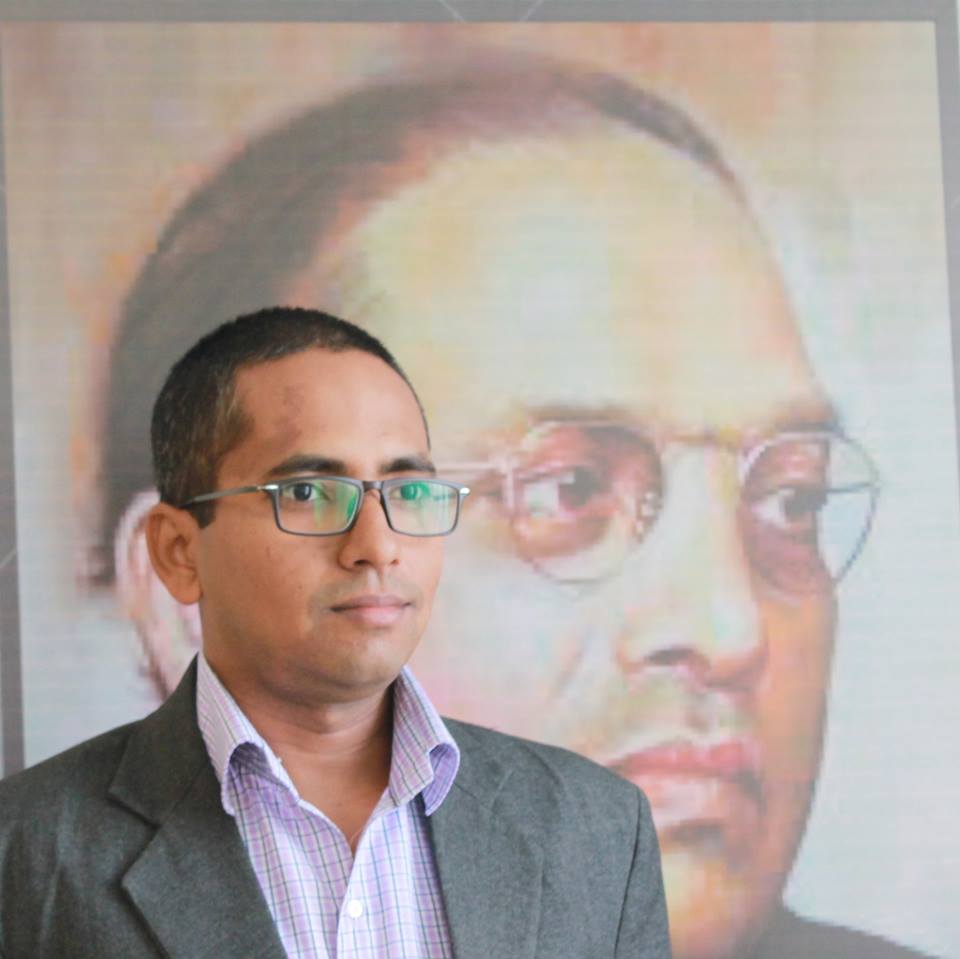Nishad Wankhade
 Ayodhya has again become a hot topic with the recent archaeological findings at the site. The Supreme Court last year ordered the handing over of the disputed site to a trust to be formed by the government. The government promptly formed the trust, which started the preparations soon. Carvings on sandstone, pillars, an alleged Shiv Linga and some broken idols were unearthed during the land leveling work, says a press note released by the trust. Meanwhile the photographs of the recovered items have gone viral. Some pillars, a lotus medallion and an alleged Shivlinga can be seen in the photos. Let us take a closer look at the findings.
Ayodhya has again become a hot topic with the recent archaeological findings at the site. The Supreme Court last year ordered the handing over of the disputed site to a trust to be formed by the government. The government promptly formed the trust, which started the preparations soon. Carvings on sandstone, pillars, an alleged Shiv Linga and some broken idols were unearthed during the land leveling work, says a press note released by the trust. Meanwhile the photographs of the recovered items have gone viral. Some pillars, a lotus medallion and an alleged Shivlinga can be seen in the photos. Let us take a closer look at the findings.
Lotus medallion
Lotus motifs were found at the Ayodhya site earlier also. A lotus medallion can be seen in the viral photo. Lotus motifs and medallions appear often in Buddhist structures.
This newly found medallion is similar to the medallion found at Bharhut stupa (currently in The Metropolitan Museum of Art in New York). Other structural remains of the Bharhut stupa survive to this day, and are in the Indian Museum in Kolkata.

Above: the image on the left is of the lotus medallion found at Ayodhya, and on the right is of the one from Bharhut [1].
Alleged Shivlinga
A 5 feet tall structure found at the Ayodhya site is being labelled as a Shivlinga. However, it does not look like a linga but more like a votive stupa.

Above: on the left is the finding at Ayodhya, and on the right is the one from Sanchi [2].
Name of the city: Ayodhya or Saket
Ayodhya is located at a distance of 100 km from Shravasti, 200 km from Sarnath, and 160 km from Kapilvastu (Nepal). All these cities were once flourishing Buddhist centres.
Kalidasa who lived in the 4th CE during the Gupta period describes the city by both names, Saket and Ayodhya in the epic Raghuvansh. So it can fairly be assumed that the name of the city was being changed. The Gupta period is of pertinent interest here because, according to Babasaheb Ambedkar, untouchability started during the Gupta period. The counter revolution started by Pushyamitra Shunga reached its peak under the Brahmanical Gupta rule.
When the Buddhist monk Fa-Hien visited the city in the 4th CE he mentions the name as Sa-che. But when the monk Hsuan Tsang visited the city in the 7th century, the name was changed to Ayodhya. Hsuan Tsang also mentions the presence of more than 100 Buddhist monasteries and 3000 monks living there.
Archeological excavations at the Ayodhya site
The first survey was conducted in 1862-63 by Sir Alexander Cunningham who was following the trail of Hsuan Tsang. His survey was limited in nature because of the existing temples and mosque. He was confident of uncovering the monasteries mentioned by Hsuan Tsang if the site was excavated. He concluded that the cities of Ayodhya and Saket were the same [5].
Another report worth mentioning is by Patrick Carnegie from 1870. Carnegie, a British archaeologist, was the officiating commissioner and settlement officer of Faizabad district where Ayodhya is located. According to Carnegie, the Kasauti pillars of the disputed structure had a strong resemblance to the Buddh Vihars of Sarnath and Varanasi.
Archeological Survey of India report, 2003
On the directions of Allahabad High Court, the ASI conducted excavation at the site and produced a report. The major findings are as follows:
1. A circular structure beneath the mosque,
2. Statues of dwarpals,
3. Bricks from Kushan and Gupta period,
4. Buddhist triratna symbol,
5. Northern Black Polished Ware (NBPW) pottery,
6. Several pillars, some with lotus motifs,
7. Indicated human habitation as old as the 5th century B.C.
Every single finding points towards a Buddhist structure. But the ASI report linked the circular structure to a Shiva temple, when only a handful of brahmanical temples are circular in structure. The pillars found resemble the Dharmachakra Jina Vihara at Sarnath constructed by Kumaradevi, the Buddhist queen of the Gahadavala king Govindachandra of Kashi (CE 1114-1154), says the report. The ASI linked these pillars to the said Buddhist Vihara, to associate the architecture with the Rajputs and not with Buddhist architecture.
There are several other examples where Buddhists remains were found under a temple.
We Buddhists demand that an in-camera excavation be done by UNESCO to reveal the true nature of the site.
~
References
1. Votive Stupa. Archaelogical Museum, Sanchi, Madhya Pradesh. Photo available at: http://museumsanchiasi.mp.gov.in/sculptures/gallery1/votive_stupa1.html
2. Two Lotuses, from the Bharhut Stupa. The Metropolitan Museum of Art, New York. Photo available at: https://www.metmuseum.org/art/collection/search/38364
3. अयोध्या: बुद्धकालीन साकेत. लेखक: वंसत धावरे.
4. R. Prasannan. Understanding the archaeological aspects of the temple, mosque conundrum. The Week, October 2019. Available at: https://www.theweek.in/news/india/2019/11/06/understanding-the-archaeological-aspects-of-the-temple-mosque-conundrum.html
5. Nishad Wankhade. Remembering Sir Alexander Cunningham. Youth Ki Awaaz, January 30, 2017. Available at: https://www.youthkiawaaz.com/2017/01/remembering-sir-alexander-cunnigham/
6. Archeological Survey of India report, 2003.
~~~
Nishad Wankhade is a civil services aspirant interested in ancient history.










